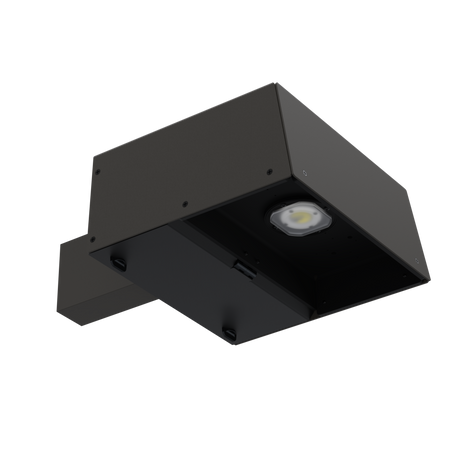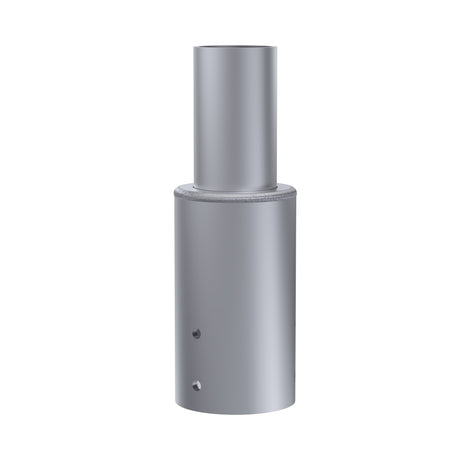-
Does LPP offer pricing discounts?
The prices displayed on our website are based on low-quantity orders. While this allows for easy ordering of our most popular items, price discounts are available when you request a quote from our project support team. This is especially the case for light poles, as significant freight efficiencies can kick in at quantities as low as three units for some models.
We encourage lighting professionals and resellers to contact us for a quote on all projects to receive our best possible pricing at a given product quantity.
-
What about banners and flags?
Hanging signs, banners, flags and other non-standard attachments on light poles changes the pole's EPA rating and increases the likelihood of vibration. Our published EPA data and engineering criteria do not allow for these added stresses, which could cause safety problems and result in light pole failure.
If you plan on using any of the above non-standard attachments on your light pole project, please make special note of this during the quotation and design stages. This information needs to be incorporated into the design and light pole selection process.
-
What is EPA and loading weight?
EPA is one of the most important structural and safety considerations for outdoor pole lighting. It stands for Effective Projected Area and, along with attachment weight, helps calculate the wind force on the exposed area of light fixtures, brackets and other pole attachments.
The total EPA and weight of all light pole attachments cannot exceed the light pole's maximum allowable EPA and weight for a given wind zone and design criteria. To ensure proper selection of a light pole, we recommend that the customer consult a qualified engineer to analyze the loading and design criteria for the specific application.
-
What is Wind Zone and Engineering Criteria?
Local building codes and industry standards work together to identify the Wind Zone for a given region. The above map provided by LPP is intended to be a general guideline for standard commercial projects. Please review the map for special notes and considerations.
Local building requirements, such as the 2017 South Florida Code, use specific engineering criteria to calculate wind zone and pole requirements. Similarly, other design criteria, such as AASHTO 2001 and 2009, use unique standards as they relate to pole engineering.
LPP has decades of experience designing solutions for all engineering standards, including AASHTO, FL Code and Commercial Criteria. Please let us know if a specific standard is required for your application. This information needs to be incorporated into the design and light pole selection process.
-
What is harmonic vibration?
Light pole manufacturers and industry experts have identified certain applications that may cause a phenomenon known as Harmonic Vibration. This can result in severe structural damage to light poles, brackets and other metal parts, and often causes failure and safety concerns.
Harmonic Vibration is caused by environmental factors that vary by geography. It is typically unpredictable and does not result from improper materials or poor manufacturing processes. Our warranty specifically excludes light pole failure caused by harmonic vibration.
If you have concerns about light pole vibration for your project, please consult with a local engineer familiar with your environmental conditions and contact our project support team. Common applications that may cause harmonic vibration are:
- Airports, train or subway terminals, parking ramps and bridges
- Decks, piers and coastal regions
- Small EPA loads (typically 0.75 sq ft and smaller)
- Light poles being used as camera supports or having non-standard appendages attached to them






